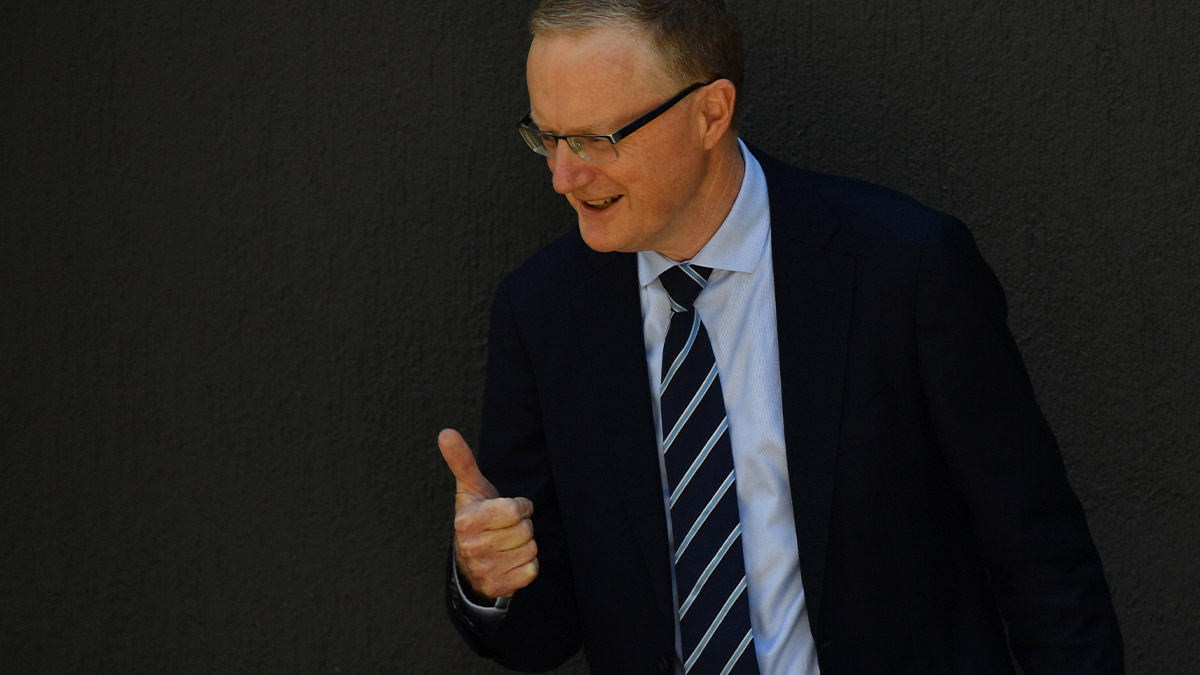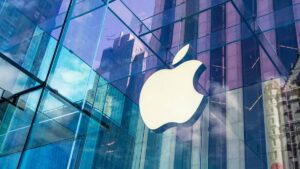Think Big: The RBA reckons rates won’t rise until 2024. Here’s what economists think

Yeah no worries mate we'll hike ze rates...in another three years. (Pic: Getty)
In its latest policy announcement earlier this week, the RBA stuck to its post-COVID mantra — no interest rate hikes until 2024.
While the RBA’s monthly policy meetings are always a key event, this one took place in the wake of some key central bank developments in June.
Most notably, the US Fed’s own policy meeting revealed that committee members had coalesced around the idea of a 2023 rate increase — earlier than its previous forecast (also 2024).
So analysts were on the lookout for any changes in language that would at least hint the RBA may follow suit.
However, the RBA’s outlook was fairly definitive. In order for rates to rise, inflation will need to climb above 2% and — just as importantly — stay there.
In order for that to happen, the labour market will have to tighten enough for wage growth to rise sustainably.
The RBA still doesn’t think the conditions for either of those scenarios will be in place until 2024.
In comments following the announcement, Lowe also reiterated that any hint of 2023 rate hikes aren’t on the table.
However, some Australian economists think they will come earlier than that.
The economist’s view
Following the latest rates update, CBA economist Gareth Aird said the bank retains its view that the RBA will start normalising policy in November 2022.
CBA’s central scenario is for rates to rise to 0.5% (from 0.1%) by the end of that year, increasing to 1.25% by Q3 2023.
While conceding that rate forecasts are an inexact science, Aird said by November this year (in four months) Australia’s jobs market will be strong enough that the unemployment rate will have a 4-handle in front of it.
This week, there’s also the complicating factor that Australia’s largest city faces an extended COVID-19 lockdown.
But if the broader economy remains on track, then by the end of this year the requisite tightness in the labour market for wages and CPI growth will be evident.
And by this time next year, there’s likely to be a “euphoric mood amongst consumers and businesses”, as vaccine rollouts near completion and COVID-related become a thing of the past.
“In summary, our forecasts for wages growth and inflation meet the conditions for a rate hike in late-2022,” Aird said.
George Tharenou and the UBS economics team agree that economic conditions will support a rate hike, but not quite so fast.
“We expect the RBA will abandon its bond yield target in the second half of 2022, enabling it to hike rates in 2023, UBS said.
However, Tharenou noted that for now, the RBA “shows almost no willingness to pre-emptively signal this to the market”.
UNLOCK INSIGHTS
Discover the untold stories of emerging ASX stocks.
Daily news and expert analysis, it's free to subscribe.
By proceeding, you confirm you understand that we handle personal information in accordance with our Privacy Policy.








